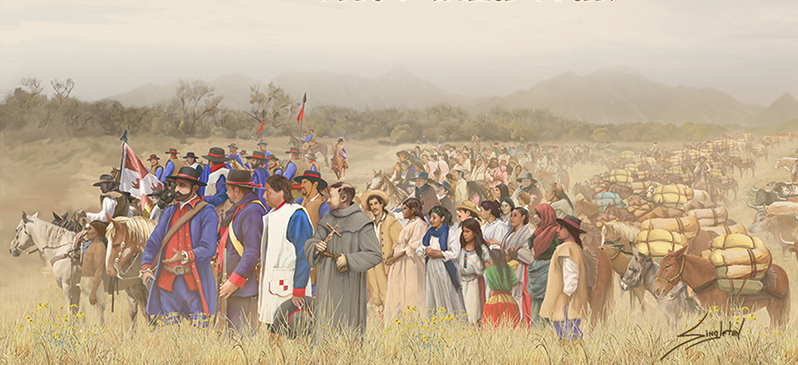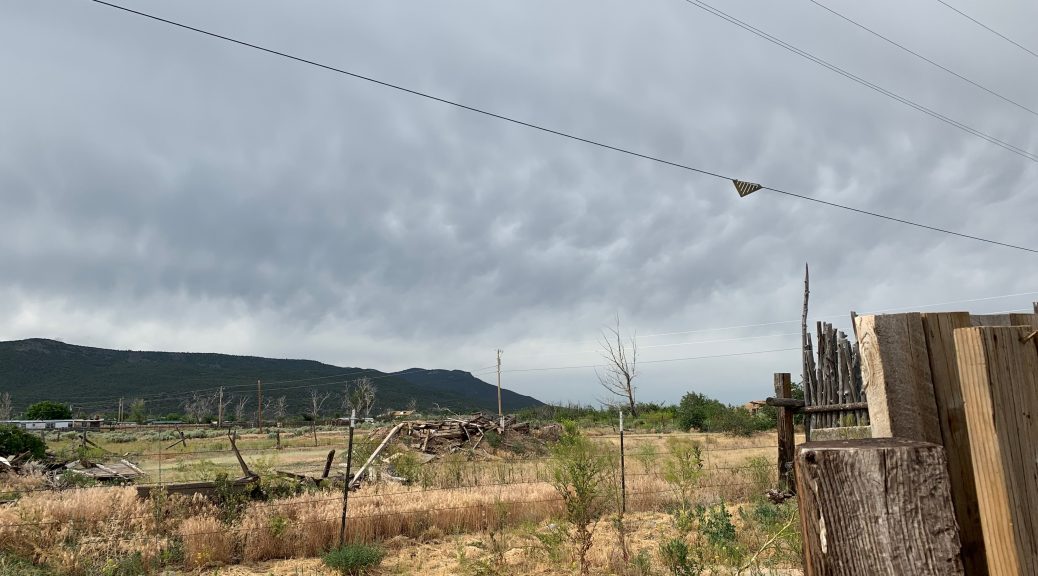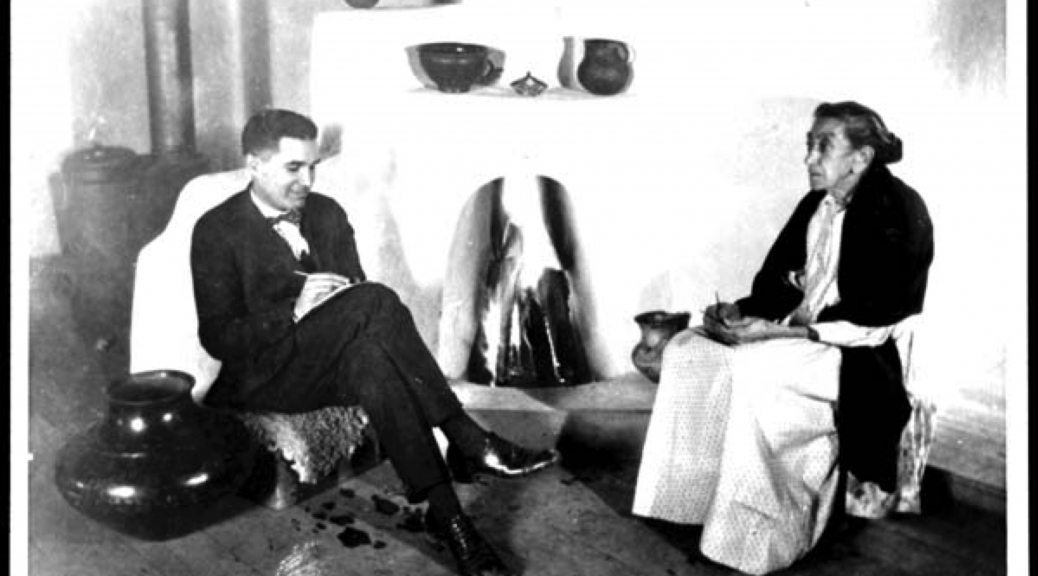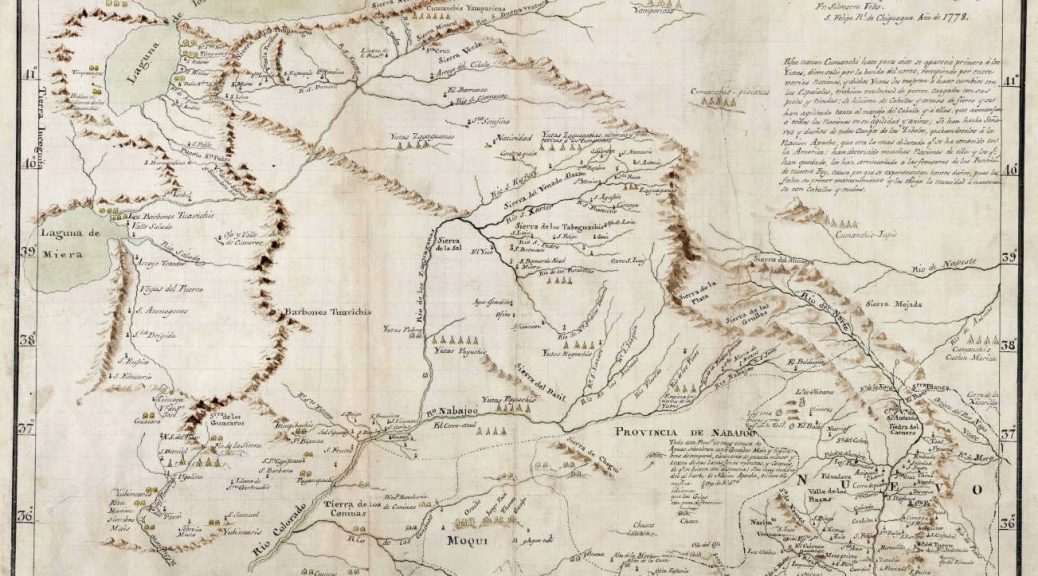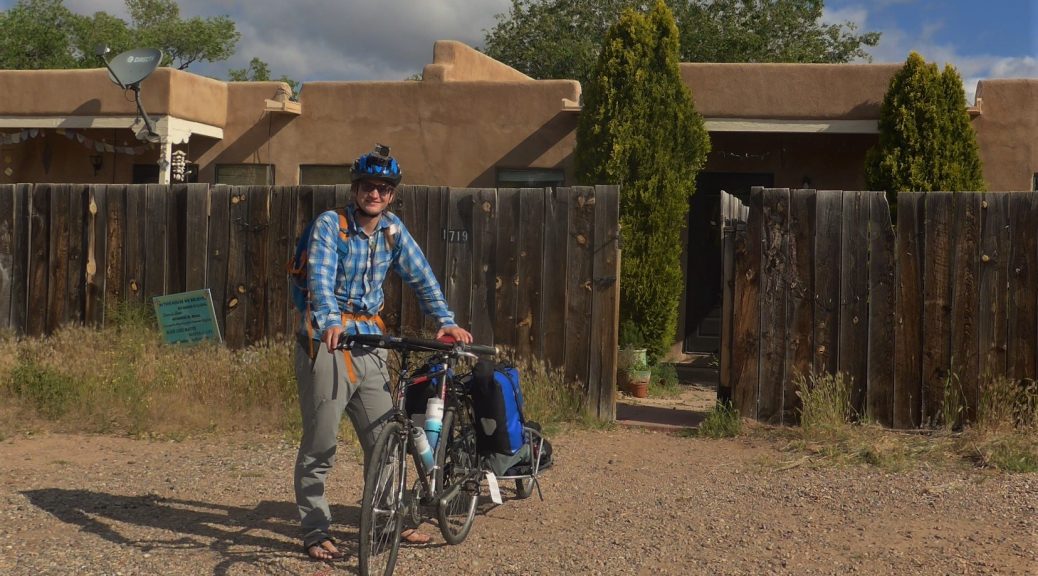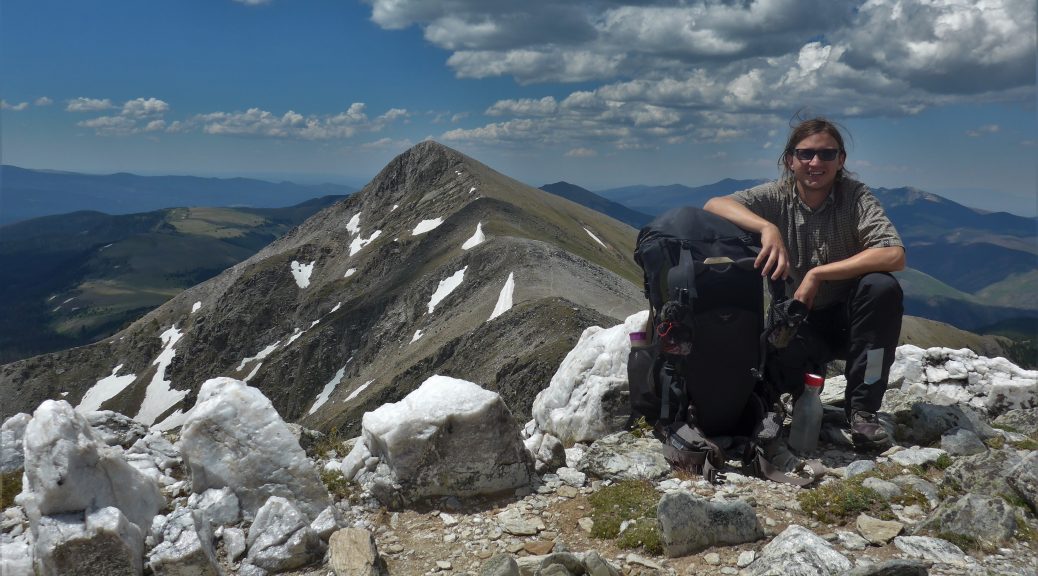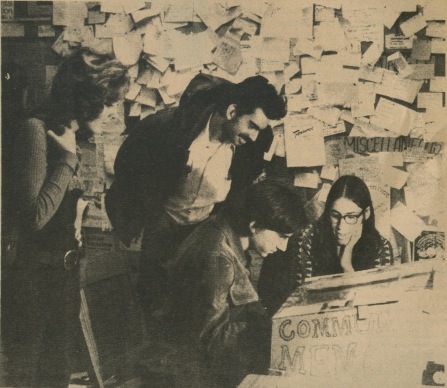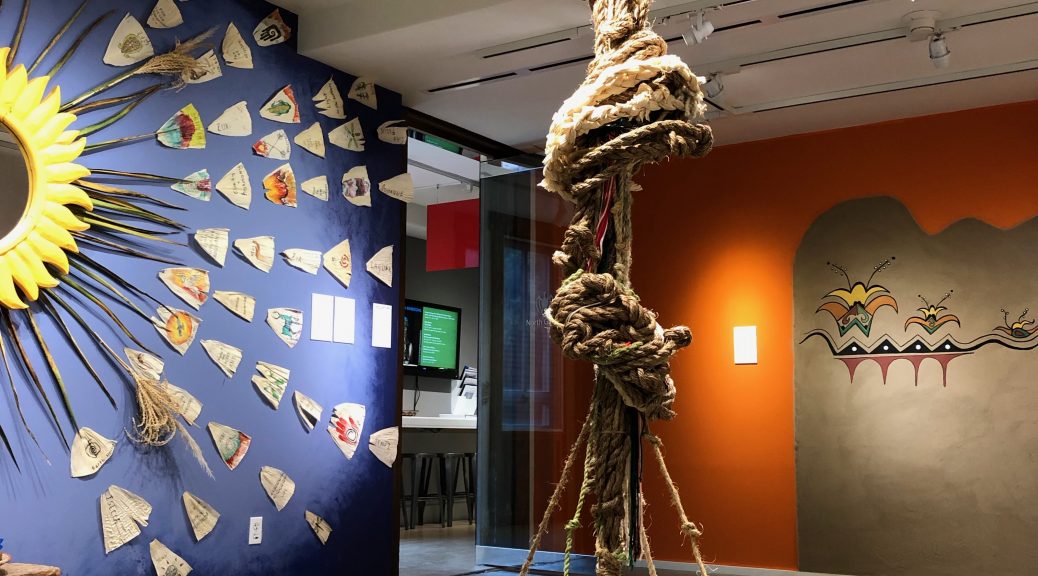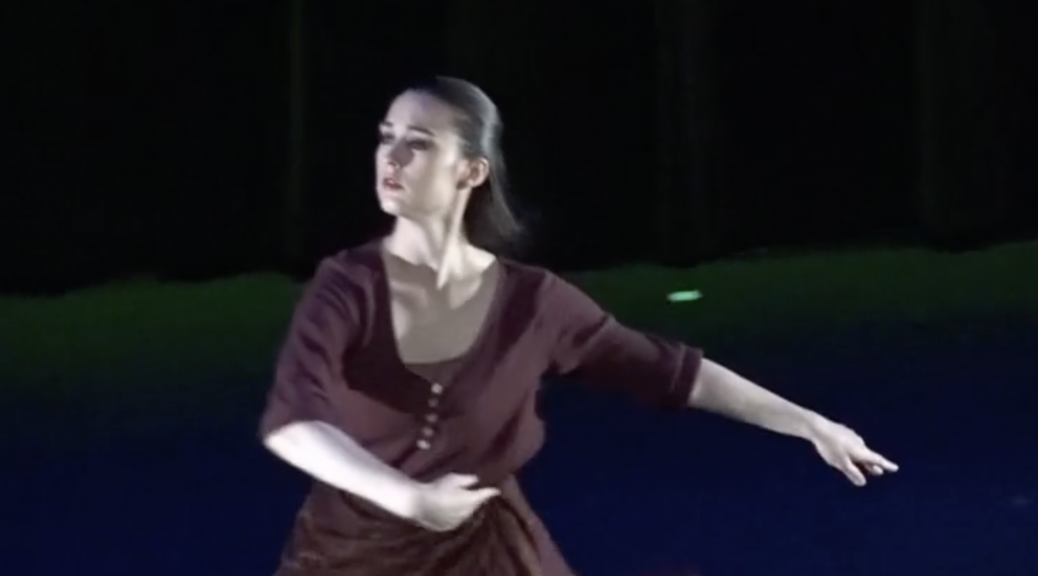HIPÓLITO ESPINOSA – And the Old Spanish Trail
Imagine that this is how it must have looked when, in the Fall of 1842, 19 New Mexican families gathered along the Chama River in the grassy fields below Abiquiu. They would be the first colonist settlers to set forth on the Camino de California or the California Road – later to become known as The Old Spanish Trail. CAYETANO HIPÓLITO DE JESUS ESPINOSA, our great, great, grandfather, had recruited family and friends from El Rito and the surrounding region with the offer of free land in California, and he would help lead them to their new promised land. This is his story of how this all came to be.
